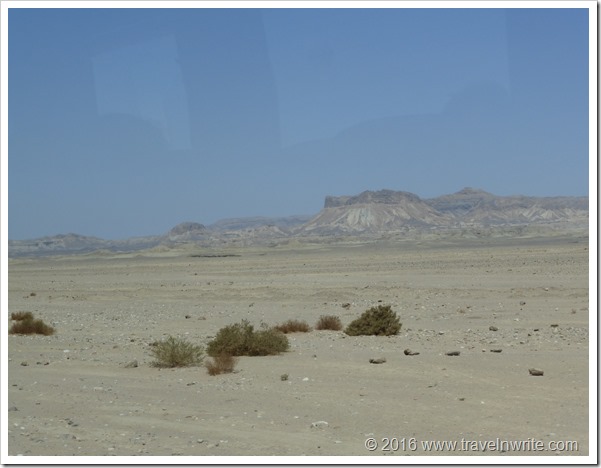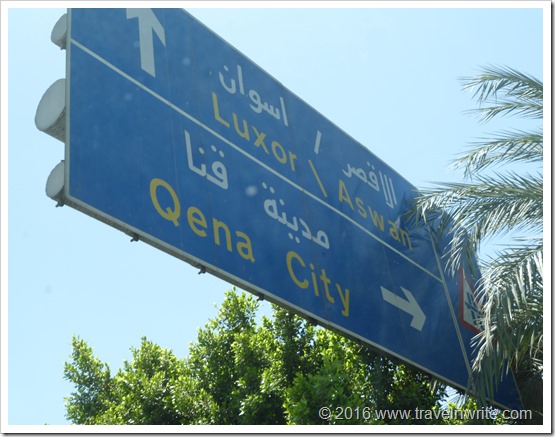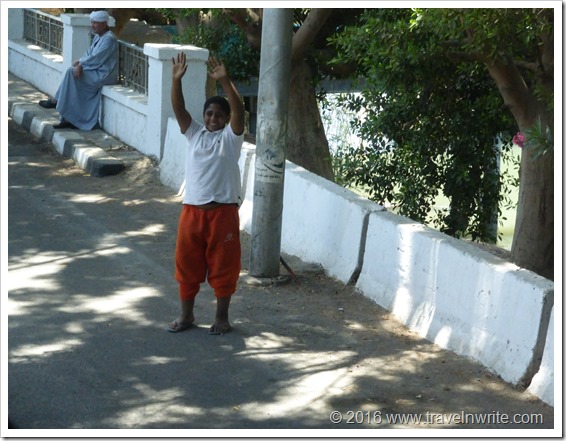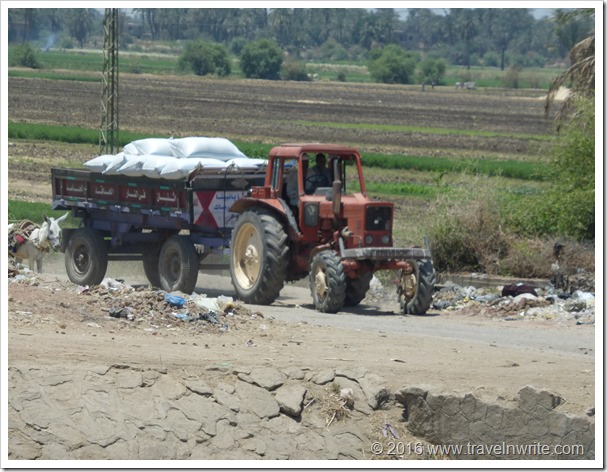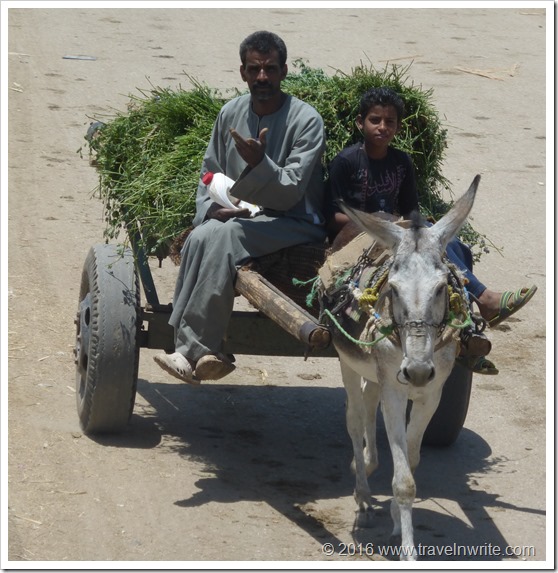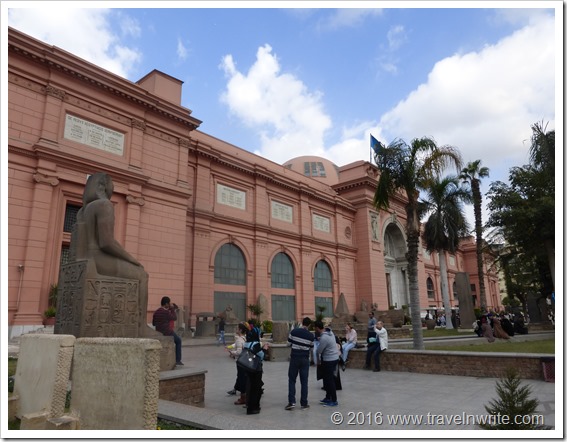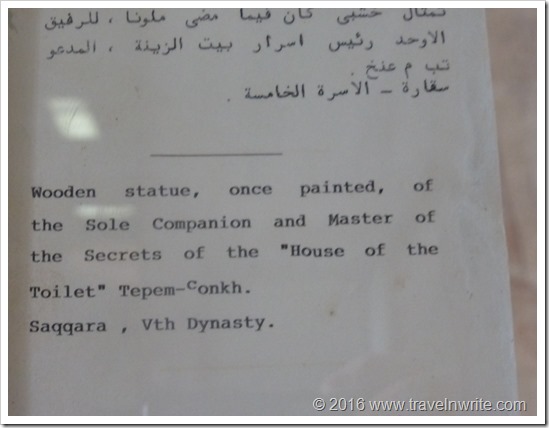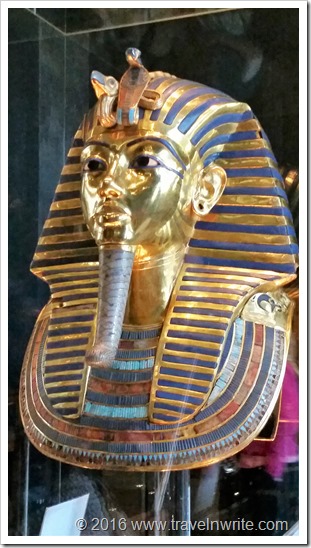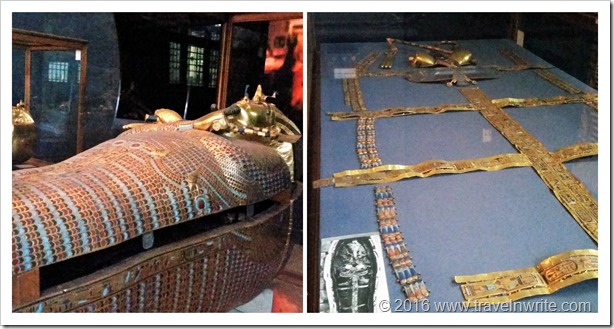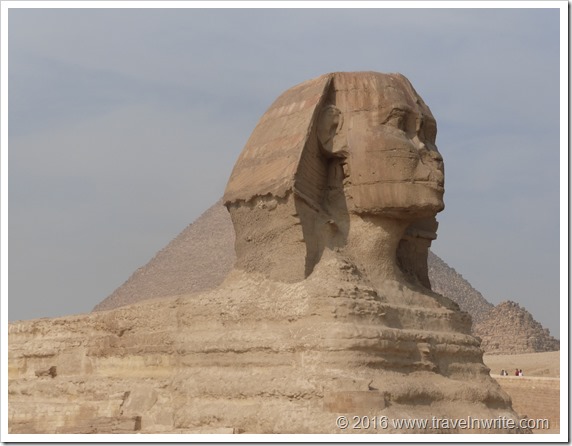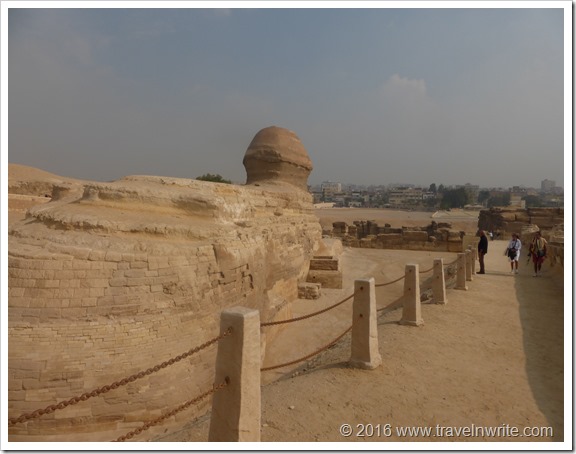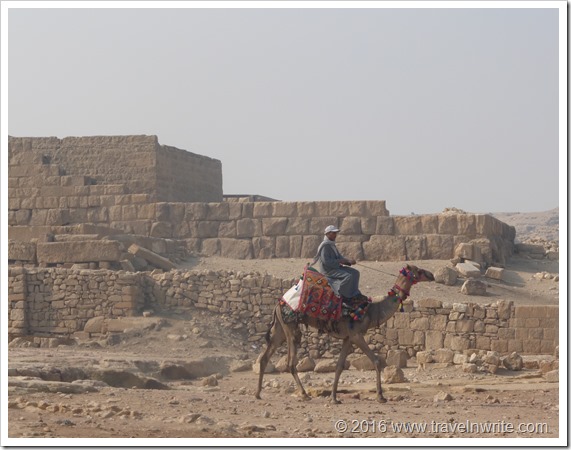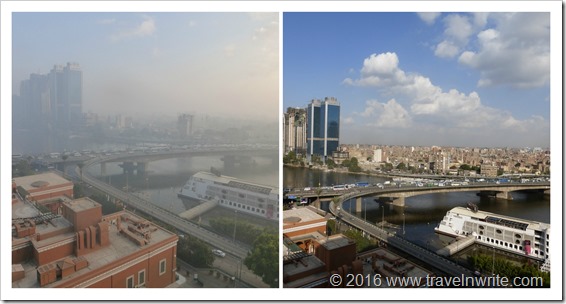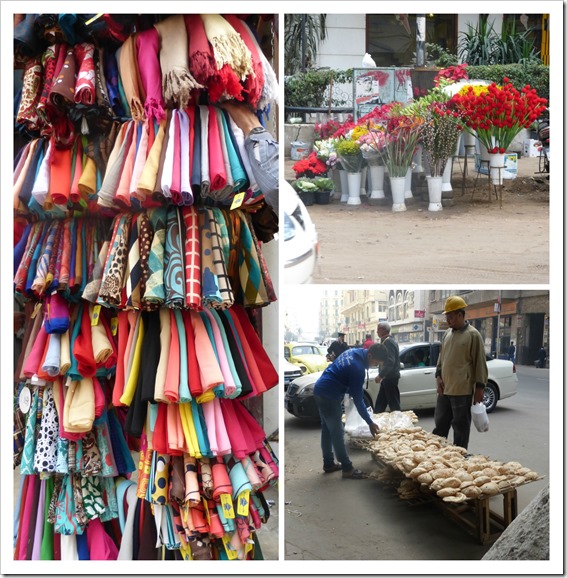“This wasn’t a strange place,
it was a new one.”
--Paolo Coehlo
So it could be said of the Middle East.
The Middle East: headlines volley terrorism vs. tourism. To visit or not to visit? We chose to go. Our cruise ship's itinerary sliced through this fascinating part of the world making stops at such far-away places that some we had to look up on maps before our departure. . .
As the ship arrived in Salalah, Sultanate of Oman on the 20th day of our cruise aboard Oceania’s Nautica, the already intense sun was uncomfortably hot. It wasn’t yet 8 a.m.
Beyond the port, a sand-covered landscape stretched as far as we could see. With a pounding sun and outstretched vistas of sand – yes, we’d arrived in the Middle East. No doubt about it.
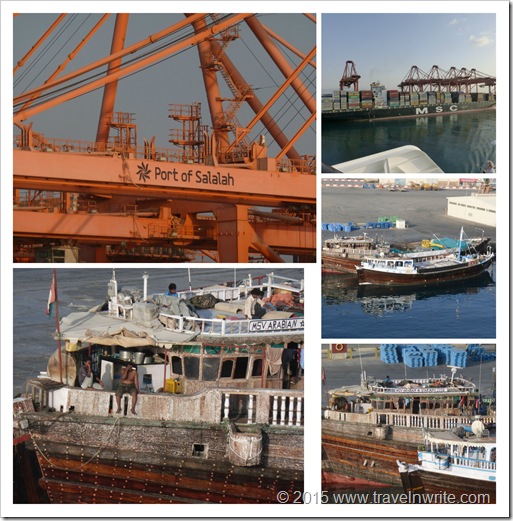 |
| Port of Salalah, Sultanate of Oman |
But even Ol’ Man Sun wasn’t going to drive us from the railing as we eased into our berth tucked into the industrial port of this, the second largest city in the Sultanate. We’d glided past enormous freighters and tied up next to a most interesting commercial ship.
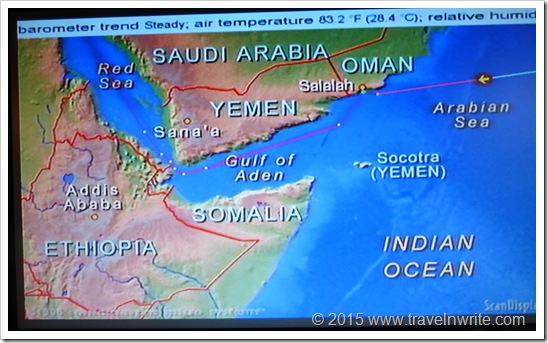 |
| We were in the Middle East - no doubt about it |
Âs the photo of our navigational map above shows, we’d arrived in the Sultanate of Oman, a country on the southeast coast of the Arabian Peninsula. It borders the United Arab Emirates in the northwest, Saudi Arabia in the west, and Yemen (yes, the one that war planes have been bombing since right before our cruise began) in the southwest. Salala was very close to the border between the two countries.

We’d not done much research prior to the cruise about this port of call (other than to find it on a map) and many on the ship who’d sailed in the area before said they preferred the Sultanate’s capital city of Muscat to Salalah.
However, it was our portal - our introduction - to the Middle East portion of this 34-day cruise from Bangkok, Thailand to Istanbul, Turkey. It was a sun-baked memorable one.
I wrote earlier of heat along our route that ‘melted makeup’; the heat here wilted humans. So intense was the sun that it whitewashed the scenes – it felt as if you were looking at life-sized faded photographs. It hurt, literally hurt, the skin to stand or pause in the direct sun. As we explored the town, our steps were measured and slow, we’d drank bottles of water that we’d brought with us from the ship.
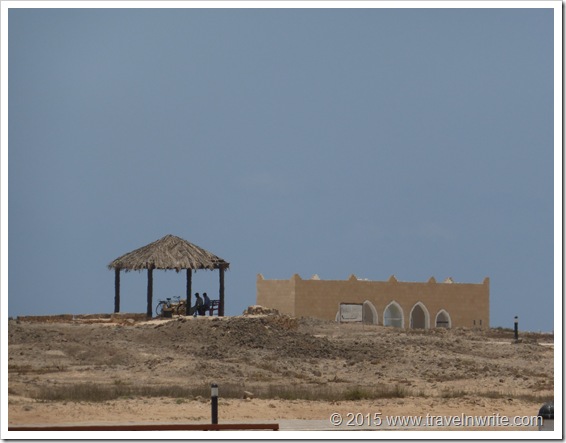 |
| A stark landscape greeted us in Salalah, Sultanate of Oman |
While it may not have been a favorite stop, it will likely be one of those places we remember for a long time as being such a stark, different world from the one we know.
“Except for those who travel to remote Middle East locales, the country has seldom been in the public eye other than for the use of its military bases by U.S. forces in recent years. American and British bombing raids were launched in 1991 from Oman against Iraq in the Gulf War. A decade later, U.S. forces stationed there were involved in raids against Afghanistan and Osama bin Laden.”
-----from omansultanate.com/history.htm
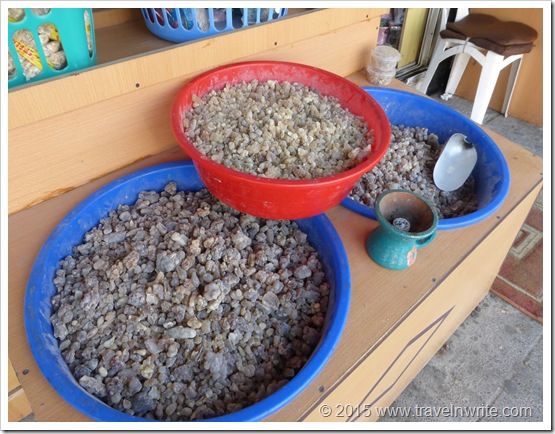 |
| Bowls of frankincense for sale in the Salalah Souk |
Along with another couple from the ship, we negotiated the price of a cab into the city and set off on our own to explore the town’s
souk, (market area), where smoke from burning frankincense – sold, it seemed, by every vendor – blanketed us in an intoxicating haze.
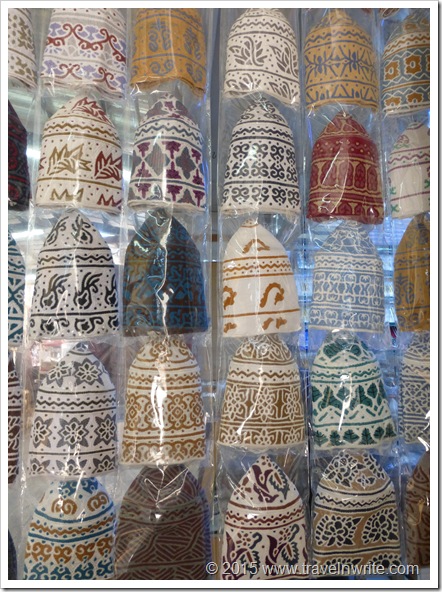 |
| Kummahs added color in the Souk |
Vendors offered scarves, shoe repair, incense,
Khanjar knives, which look like curved daggers and are worn with ceremonial dress. Islamic skull caps,
kummahs, worn by men in Oman are distinctive for their colorful embroidery which made for colorful displays.
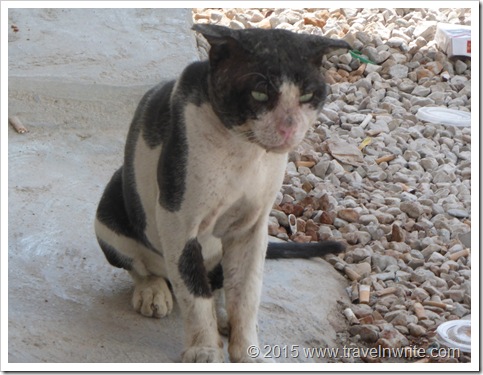 |
| A cat in Salalah' Souk |
The poor, bedraggled cat pictured above ventured out into one of the souk’s walkways as we approached. (Forlorn cats are drawn to us cat lovers – no matter where we are in the world.) I had just taken this photo when one of the vendors kicked this forlorn little creature – more than once – to get it away. I might add it took all the restraint I could muster not to cause a cultural clash right there and then!
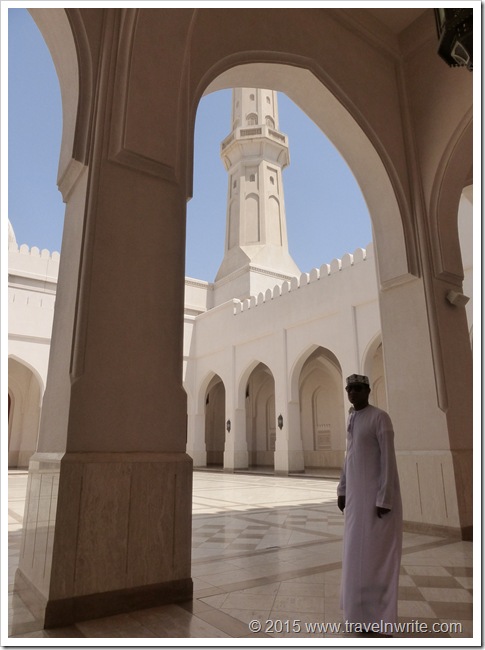 |
| Our taxi driver at the Mosque in Salalah, Sultanate of Oman |
Our taxi driver spoke only a few words of English – but enough to suggest an itinerary which included a visit to the mosque before it closed for afternoon prayer. It sounded good to the four of us.
Our driver, like the shop vendors we’d seen, wore long-sleeved, white, ankle-length collarless robes that buttoned at the neck, called
dishdashas. With the sun’s intensity, I’d have traded my clinging light-weight travel pants and top for one in a second!
 |
| My travel look at the Mosque in Salalah, Sultanate of Oman |
As it was I needed to add a layer, to enter the mosque. We removed our shoes and we women had to cover both our heads and our arms; all of us - men and women - had to have our ankles covered.
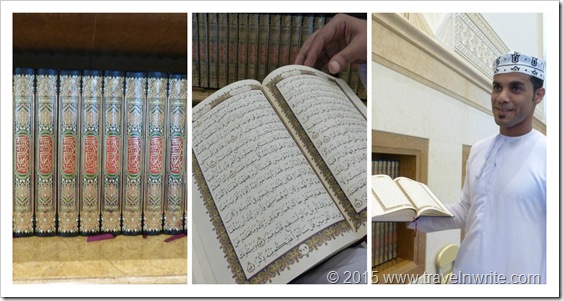 |
| The Qu'ran shown by our taxi driver - Salalah, Sultanate of Oman |
We marveled at the size and the beauty of the interior. We remarked on a set of beautifully bound books - the
Qu’ran, it turned out – at which we could look but not touch. We later learned from the Middle East lecturer aboard our ship that we were precluded from touching the book because we may have been ‘unwashed’. Our rather shy driver, showed us the volumes (he had washed, I guess) and encouraged by our questions about the text, proudly recited from memory the passage he held open to us.
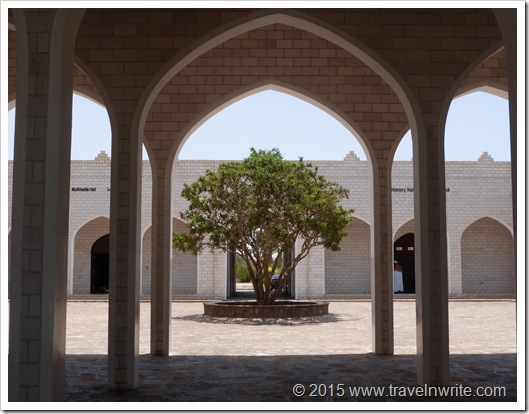 |
| Entry to Salalah's Museum - Sultanate of Oman |
We’d booked a four-hour taxi tour which allowed us enough time for a stop at the city’s Museum which provided an excellent view into the areas history - not to mention an introduction to the ‘frankincense tree’.
 |
| Source of Frankincense |
Since childhood we’ve been told that the gifts of the Magi to baby Jesus were gold, myrrh and frankincense. . .somehow, I’d never questioned what those gifts actually were. Frankincense is derived from a French word meaning ‘pure incense’ and comes from the sap of the
Boswellia tree, of which there are 20 varieties.
We headed back to the ship and not far from the port, our driver pointed to a road branching off the one on which we were traveling, and said, “Yemen”.
No thanks, we laughingly responded.
Oman had been interesting enough.
Again we thank you for your time and interest in our travel tales. Until we meet again, happy and safe travels to you and yours ~
Follow these links for more travel and lifestyle tales:
Travel Photo Thursday
Our World Tuesday
Travel Inspiration
Mosaic Monday
Mersad's
Through My Lens
Photo Friday
Wordless Wednesday


 Cruise ships stop at this working Port Safaga because its location, about 230 kilometers or 143 miles, away from Luxor, the city built on the site of the ancient Egyptian capital of Thebes. It is the gateway to that treasure trove of antiquities.
Cruise ships stop at this working Port Safaga because its location, about 230 kilometers or 143 miles, away from Luxor, the city built on the site of the ancient Egyptian capital of Thebes. It is the gateway to that treasure trove of antiquities. 

